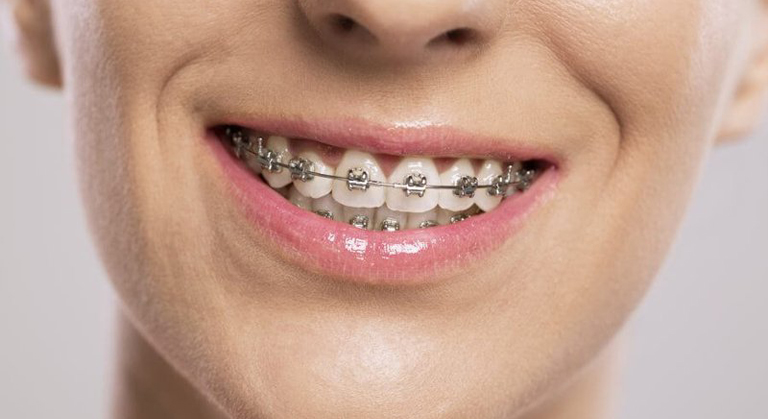Orthodontics

Orthodontia, also known as orthodontics and dentofacial orthopedics, is a specialty field of dentistry. An orthodontist is a specialist who has undergone special training in a dental school or college after they have graduated in dentistry. It was established by the efforts of pioneering orthodontists such as Edward Angle and Norman William Kingsley. The specialty deals primarily with the diagnosis, prevention and correction of malpositioned teeth and the jaws.
Orthodontics deals with the diagnosis, prevention and correction of malpositioned teeth and jaws. It can also focus on modifying facial growth, known as Dentofacial Orthopedics.
Crooked teeth prove to be a challenge for maintenance of adequate oral hygiene, and are at a greater risk of being lost early due to tooth decay and periodontal disease. These crooked teeth have greater biting forces and the stress on the chewing muscles can lead to headaches, TMJ syndrome or neck pain, shoulder pain and even back pain. Such crooked or misaligned teeth will also detract from one’s appearance.
The benefits of orthodontic treatment include a healthier mouth, a more pleasing appearance, and teeth that are more likely to last a lifetime because of their proper alignment.
After careful evaluation using diagnostic tools that include a full medical and dental health history, a clinical exam, plaster models of your teeth and full mouth radiographs and photographs, the dentist can decide whether orthodontics is recommended, and develop a treatment plan accordingly.
Overbite sometimes called “buck teeth” is the condition where the upper front teeth are placed far forward over the lower teeth.
Underbite is the condition also known as “bulldog” appearance where the lower teeth are too far forward or the upper teeth are far back in placement.
Crossbite is the condition when the upper teeth do not come down slightly in front of the lower teeth when biting together normally.
Open bite is the condition where there is a noticeable space between the biting surfaces of the front or side teeth as the back teeth bite together and the consequent inability to achieve full closure of the lips.
Misplaced midline is the when the center of your upper front teeth does not line up with the center of your lower front teeth and consequently it does not line up with the midline of the facial structure.
Spacing is the condition where gaps, or spaces between the teeth occur as a result of missing teeth, the difference in size and shape of the teeth, misalignment of such teeth and aberrant attachment of the frenum (muscle connecting the lip to the gums).
Crowding is the condition when the mouth gives an appearance of having less space to accommodate all the natural teeth in their proper positions either due to a smaller jaw size, delayed exfoliation of milk teeth and delayed eruption of permanent/adult teeth.